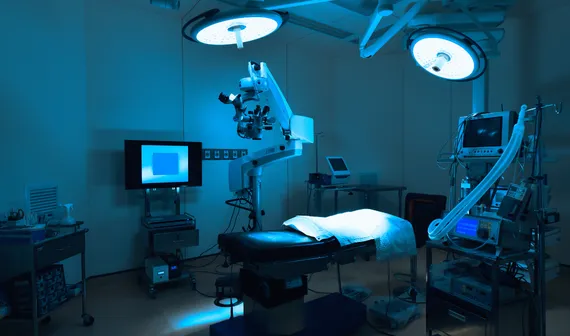Symbiosis Critical to Care
The global health crisis of the past 12 months has reinforced the fact that corporate social responsibility (CSR) is of utmost importance to customers and employees alike, and companies that put an emphasis on taking care of their team members and external stakeholders have been able to attract and retain top talent and generate strong returns.
“There are some issues more important than fast growth or intensive, rapid growth of market share,” noted Ludwiczynski, who said he’s been fortunate to have worked with companies that placed a greater emphasis on finding solutions for healthcare stakeholders and patients than on profit or loss.
“The first word that comes to my mind is sustainability, and right product in the right time. I think this is a key for good, symbiotic development of healthcare companies and stakeholders, this learning that profits should not drive the evolution of medical companies, but rather the sustainable usage of energy, the sustainable usage of medical devices, using the right medical devices in the right time, and not focusing on quantity versus quality. These are the things I try to coach and to sell internally within our organization.” Addressing the need to reduce overhead among a healthcare products company’s partners is a better pitch than trying to sell more products, or trying to sell anyone specific product over another, he added. “If you think in this way, the profits will come anyway,” he said.
Just as the relationship between healthcare products companies, healthcare providers and patients needs to be symbiotic, so too does the employer-employee relationship need to be driven by addressing mutual needs, said AbbVie Pharmaceuticals, Greece Managing Director Pascal Apostolides. Top talent needs to know what's in it for them in order to achieve a win-win relationship in which they will be called and respond to a higher purpose, Apostolides said.
While new disciplines like artificial intelligence, wearable medical technologies and robotics will undoubtedly play an increasing role in the healthcare sector, time-tested qualities like adaptability to change will remain critical, and organizations need to foster internal motivation and the drive to be successful within their ranks, Ludwiczynski said. This motivation depends on creating the conditions for happiness and a healthy-work-life balance, he noted.
Achieving balance means letting technology help in delivering the best healthcare, but not being controlled by the technology or the excessive information that comes in with the growing use of wearable medical devices, for example, Fazah said.
“The technology bit is the easiest part. It’s the human factor that will be, as always, the most challenging processes, for the teams, for the doctors to adjust,” Ludwiczynski added.
“In the grand scheme of things, we have many tools that we can offer to our talent, and through technology, apply them so that the healthcare system can absorb innovations quickly and serve a higher purpose in finding win-win solutions for all,” Apostolides said.
While technology has brought great advances to the medical field, and will continue to do so, there’s no replacing the human element between patients and caregivers, and stakeholders across the healthcare industry are yearning for a return to physical contact. “Nothing in life can replace a human smile, the human touch, a hug from a colleague or a loved one, and nothing will ever be able to replace that,” concluded Mahmood.








